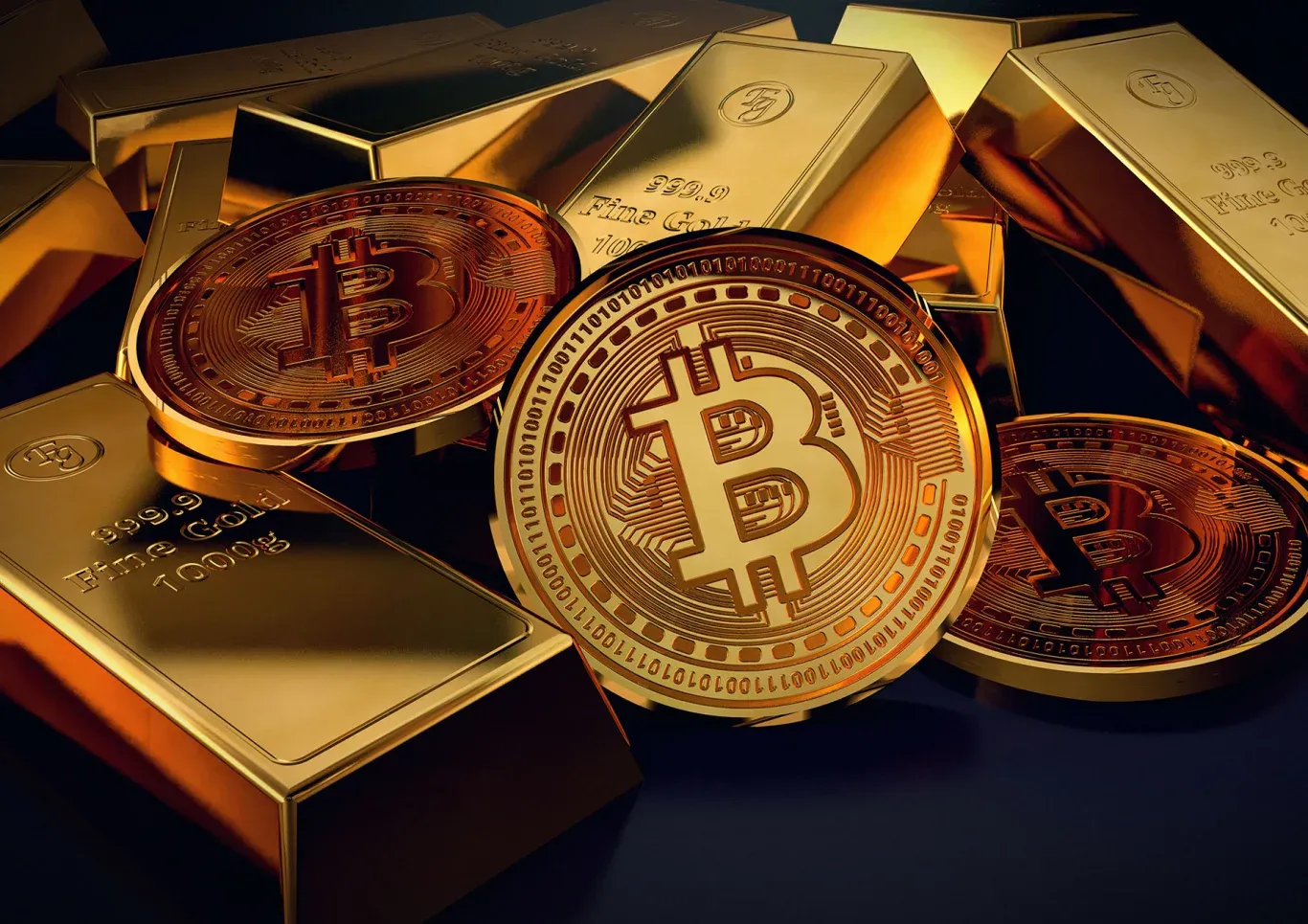Why Bitcoin and Gold Are Gaining Traction Amid Global Economic Shifts

In a recent appearance on the Tucker Carlson show, Scott Bessent, the U.S. Secretary of the Treasury, shed light on the evolving roles of Bitcoin and gold as stores of value in today’s uncertain economic landscape. His discussion, rooted in an analysis of global market trends, pointed to significant movements in the gold market and a growing interest in cryptocurrencies. Bessent’s insights come at a time when economic policies and geopolitical factors are reshaping how individuals and institutions preserve wealth, offering a compelling narrative for anyone tracking financial markets or the rise of alternative assets.
Bessent highlighted a notable shift in the physical location of gold reserves, with substantial quantities moving from European vaults in Switzerland and London to New York. This relocation, he suggested, was spurred by uncertainty over tariff exemptions on gold, a policy he believes has now been enacted. The potential for tariffs to influence trade dynamics underscores how sensitive commodity markets can be to regulatory changes. As gold flowed into New York, it reflected not just a logistical adjustment but a broader response to global economic pressures.
Meanwhile, Bessent emphasized gold’s enduring status as a store of value, a role it has played for centuries during times of instability. Yet, he also acknowledged Bitcoin’s emergence as a modern contender in this space, signaling a diversification in how wealth preservation is approached in the digital age.
Clip of Bessent on Tucker Carlson discussing Bitcoin as a store of value
China’s Economic Struggles Fuel Gold Demand
A significant portion of Bessent’s analysis focused on the surging demand for gold in China, a trend he tied directly to the country’s economic challenges. With a population of 1.4 billion, China represents a massive market, and its citizens are increasingly turning to gold as a safeguard against financial uncertainty. Bessent pointed to the nation’s ongoing economic slowdown, described as teetering between recession and depression as a key driver. Compounding this is a lack of trust in the Chinese currency, the renminbi, which has been undermined by stringent capital controls. These restrictions limit the ability of individuals to move money out of the country, creating a sense of urgency among those seeking to protect their savings.
In this restrictive environment, gold has emerged as a sanctioned alternative. While Chinese authorities tightly regulate capital outflows, they permit citizens to purchase gold, making it a practical outlet for wealth preservation. Bessent noted that this policy has fueled a “huge amount” of gold demand, as people look for tangible assets to shield their finances from domestic instability. The sheer scale of this trend highlights China’s outsized influence on the global gold market and underscores the interplay between national policies and individual financial strategies. For many in China, gold offers a rare avenue to secure their economic future when other options remain out of reach.
Bessent’s remarks also invite reflection on the broader implications of these shifts. The movement of gold to New York suggests that trade policies can have immediate, tangible effects on where wealth is stored, while Bitcoin’s rise points to a growing acceptance of decentralized assets. Together, these developments paint a picture of a world where traditional and emerging stores of value coexist, each responding to distinct yet interconnected economic forces.

